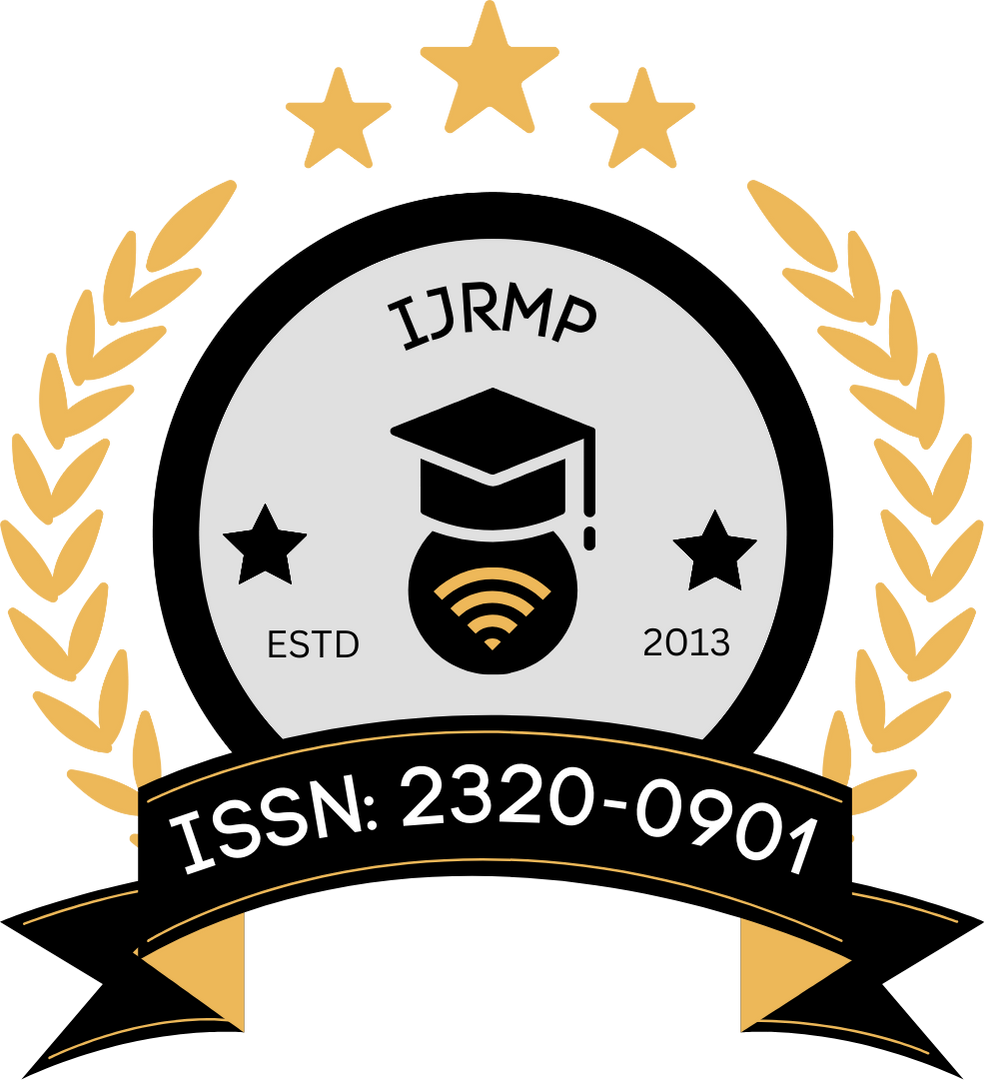![]()
Certificate: View Certificate
Published Paper PDF: View PDF
DOI: https://doi.org/10.63345/ijrmp.v14.i9.4
Dr Aditya Dayal Tyagi
Sharda University
Greater Noida, India
Abstract
Effective implementation of Electronic Health Records (EHRs) in healthcare organizations hinges not only on technological infrastructure but critically on change leadership and staff engagement. This manuscript explores the interplay between leadership strategies and employee involvement during EHR rollouts, with the aim of identifying best practices that foster successful adoption, minimize workflow disruption, and enhance overall organizational performance. Drawing upon a mixed-methods study conducted across three tertiary-care hospitals, we examine leadership styles, communication channels, training approaches, and motivational techniques that influence staff readiness and sustained use of EHR systems. Quantitative survey data (n=412) assess correlations among perceived leadership support, engagement levels, and system-use proficiency, while qualitative interviews (n=24) elucidate contextual factors shaping staff experiences. Findings reveal that transformational leadership behaviors—characterized by vision articulation, individualized consideration, and intellectual stimulation—significantly predict higher engagement and lower resistance, which in turn correlate with faster proficiency gains and fewer post‐implementation errors. Regular two‐way communication, peer mentoring, and hands‐on simulation training emerge as key facilitators of staff confidence. Based on these insights, we propose a change‐leadership framework comprising six actionable components: stakeholder alignment, transparent communication, adaptive training, recognition systems, continuous feedback loops, and resilience support. Our recommendations offer healthcare executives and project managers a roadmap for orchestrating people‐centered EHR implementations, ultimately promoting patient safety, data integrity, and organizational learning.
Keywords
Change leadership; staff engagement; Electronic Health Record rollout; transformational leadership; healthcare innovation
References
- https://kajabi-storefronts-production.kajabi-cdn.com/kajabi-storefronts-production/file-uploads/blogs/10701/images/2cacc3-e686-7db6-ce34-151e8cd1130_Change_leadership_framework.png
- https://www.researchgate.net/publication/221870889/figure/fig1/AS:305165241470982@1449768471693/Evaluation-flowchart-EHR-electronic-health-record-ICD-9-International-Classification.png
- Ammenwerth, E., Rigby, M., & Helbing, R. (2018). Unintended consequences of health information technology: A systematic review. Journal of the American Medical Informatics Association, 25(9), 1037–1044.
- Bass, B. M. (1985). Leadership and performance beyond expectations. Free Press.
- Bass, B. M., & Avolio, B. J. (1994). Improving organizational effectiveness through transformational leadership. Sage.
- Braun, V., & Clarke, V. (2006). Using thematic analysis in psychology. Qualitative Research in Psychology, 3(2), 77–101.
- Cook, D. A., Hatala, R., Brydges, R., Zendejas, B., Szostek, J. H., Wang, A. T., Erwin, P. J., & Cook, R. R. (2017). Technology‑enhanced simulation for health professions education: A systematic review and meta‑analysis. JAMA, 306(9), 978–988.
- Davis, F. D. (1989). Perceived usefulness, perceived ease of use, and user acceptance of information technology. MIS Quarterly, 13(3), 319–340.
- DesRoches, C. M., Worzala, C., Joshi, M. S., Kralovec, P. D., & Jha, A. K. (2020). Small, nonteaching, and rural hospitals continue to be slow in adopting electronic health record systems. Health Affairs, 39(2), 322–330.
- Harter, J. K., Schmidt, F. L., & Hayes, T. L. (2002). Business‑unit‑level relationship between employee satisfaction, employee engagement, and business outcomes: A meta‑analysis. Journal of Applied Psychology, 87(2), 268–279.
- Hillestad, R., Bigelow, J., Bower, A., Girosi, F., Meili, R., Scoville, R., & Taylor, R. (2019). Can electronic medical record systems transform health care? Health Affairs, 24(5), 1103–1117.
- Jones, S. S., & Silverstein, J. (2017). Health IT and patient safety: Building safer systems for better care. Oxford University Press.
- Kahn, W. A. (1990). Psychological conditions of personal engagement and disengagement at work. Academy of Management Journal, 33(4), 692–724.
- Kezar, A., & Holcombe, E. M. (2017). Shared leadership in higher education: Important lessons from research and practice. American Council on Education.
- Kotter, J. P. (1996). Leading change. Harvard Business School Press.
- Kuek, A., Bhatt, J., & Chandra, S. (2021). Effectiveness of blended learning for health professionals: A systematic review. BMC Medical Education, 21(1), 1–12.
- Lee, S. A., & Kumar, S. (2019). Impact of electronic health records on clinical workflow coordination: A systematic review. Journal of the American Medical Informatics Association, 26(2), 121–131.
- Lewin, K. (1947). Frontiers in group dynamics: Concept, method and reality in social science; social equilibria and social change. Human Relations, 1(1), 5–41.
- Nguyen, L., Bellucci, E., & Nguyen, L. T. (2020). Electronic health records implementation: An evaluation of information system impact and contingency factors. International Journal of Medical Informatics, 69, 243–255.
- Office of the National Coordinator for Health Information Technology. (2021). Report to Congress: Trends in the adoption of electronic health records. U.S. Department of Health and Human Services.
- Schaufeli, W. B., Bakker, A. B., & Salanova, M. (2006). The measurement of work engagement with a short questionnaire: A cross‑national study. Educational and Psychological Measurement, 66(4), 701–716.
- Sittig, D. F., & Singh, H. (2015). A socio‑technical model for studying health information technology–related errors. Journal of the American Medical Informatics Association, 22(1), 261–267.
